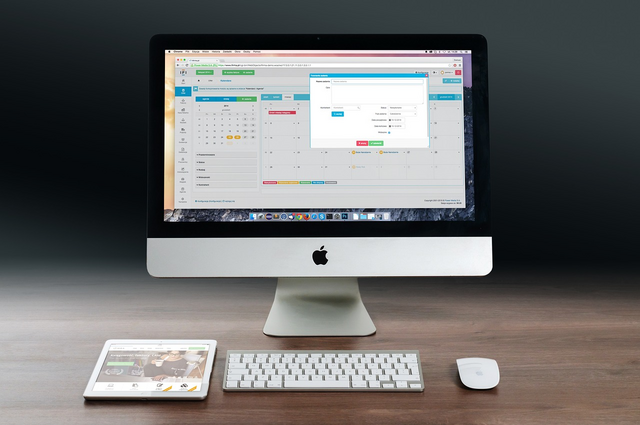In the intricate tapestry of personal productivity, the third pivotal element is control – the mastery over one’s environment and the adept use of strategic tools. This article delves into the significance of leveraging control to enhance productivity, exploring the potency of the Pomodoro Technique and the necessity of taking charge of the surrounding environment.
At the forefront of effective control lies the Pomodoro Technique, a time management method that advocates breaking work into intervals, traditionally 25 minutes in length, separated by short breaks. This technique not only capitalises on the human brain’s natural inclination for focused bursts of activity but also mitigates the risk of burnout associated with prolonged periods of uninterrupted work.
By implementing the Pomodoro Technique, individuals gain a heightened awareness of time, fostering a sense of urgency that propels them towards efficient task completion. Furthermore, the structured intervals provide a built in mechanism for rejuvenation, enhancing overall concentration and preventing the onset of mental fatigue.
However, the mastery of control extends beyond time management techniques to encompass the shaping of one’s physical and digital environment. The ubiquitous nature of smartphones and constant connectivity poses a significant challenge to focused work. Thus, exercising control over the use of phones—implementing designated periods for checking messages and calls—proves instrumental in preventing distractions.
Email, while a vital communication tool, can also disrupt workflow if not managed judiciously. Controlling the influx of emails by establishing specific times for checking and responding ensures that this essential tool serves its purpose without becoming a constant source of interruption.
The workplace environment itself requires careful control to foster productivity. Open-plan offices, though designed for collaboration, can sometimes lead to increased distractions.
“The key is not to prioritise what’s on your schedule but to schedule your priorities.”
~Stephen R. Covey
Here, control involves creating designated spaces or employing noise cancelling measures to carve out islands of focus amid the collaborative landscape.
Meetings, another potential productivity hindrance, necessitate a strategic approach to control. By adopting a disciplined meeting schedule, with well defined objectives and timeframes, individuals can ensure that these gatherings contribute positively to overall productivity rather than becoming time-consuming detours.
In conclusion, commanding control over both time and environment is paramount to unlocking peak productivity. The Pomodoro Technique stands as a testament to the efficacy of structured time intervals, while strategic control over digital devices, emails, interruptions, and meetings forms the bedrock of a disciplined and focused work environment. By embracing these elements of control, individuals can elevate their productivity and contribute to the success of their businesses.



